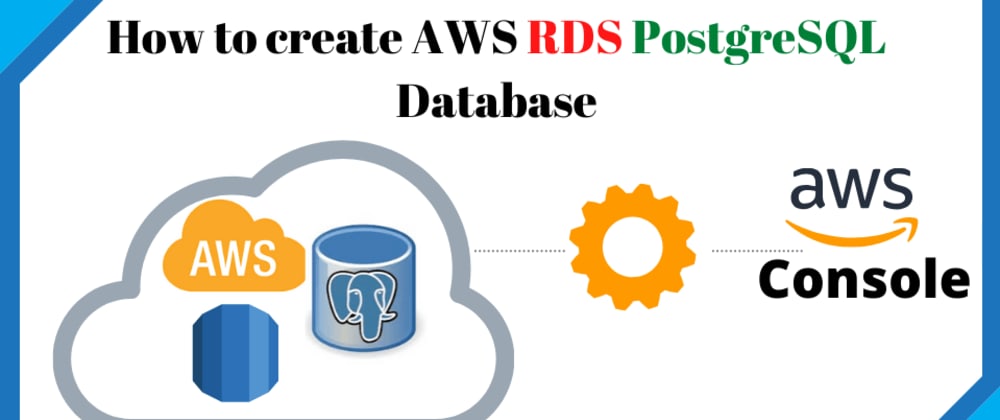
Vitess and PlanetScale have the ability to scale to nearly limitless connections. Vitess continues to power the databases of some of the web's largest companies, such as GitHub, Pinterest, and more. PlanetScale is built on Vitess, the open-source database clustering system that was built to scale YouTube in 2010.

Most often we see that when businesses scale, they need to scale the connections to their databases as well. Scaling a business’s database layer requires more than just buying larger resources and provisioning bigger machines. I know, it’s surprising that an AWS product like RDS has scaling limits, but it turns out hosting databases isn’t enough. Here are the top two reasons we see organizations and developers leaving RDS for PlanetScale: scalability and developer workflow.Ĭonnection limits and other scalability issues with RDS # However, if you're looking for a database that will scale with your growth and that fits into your developers workflows, switching from RDS to PlanetScale is a no-brainer. So, if you are devoted to Postgres, RDS is your best bet. The main advantage of using RDS at this point is Postgres support. PlanetScale is similarly a MySQL database hosted in the cloud, but with an emphasis on unlimited scale potential and developer-first design.

Essentially, RDS MySQL is a database in the cloud. I’ll do my best to quickly lay out the main reasons we see so many businesses switching to PlanetScale from AWS RDS.Īmazon RDS is a relational database service by Amazon Web Services. We have been blown away by the reception to our product from the developer community, but maybe even more surprising are the number of customers switching from RDS to PlanetScale lately.


 0 kommentar(er)
0 kommentar(er)
